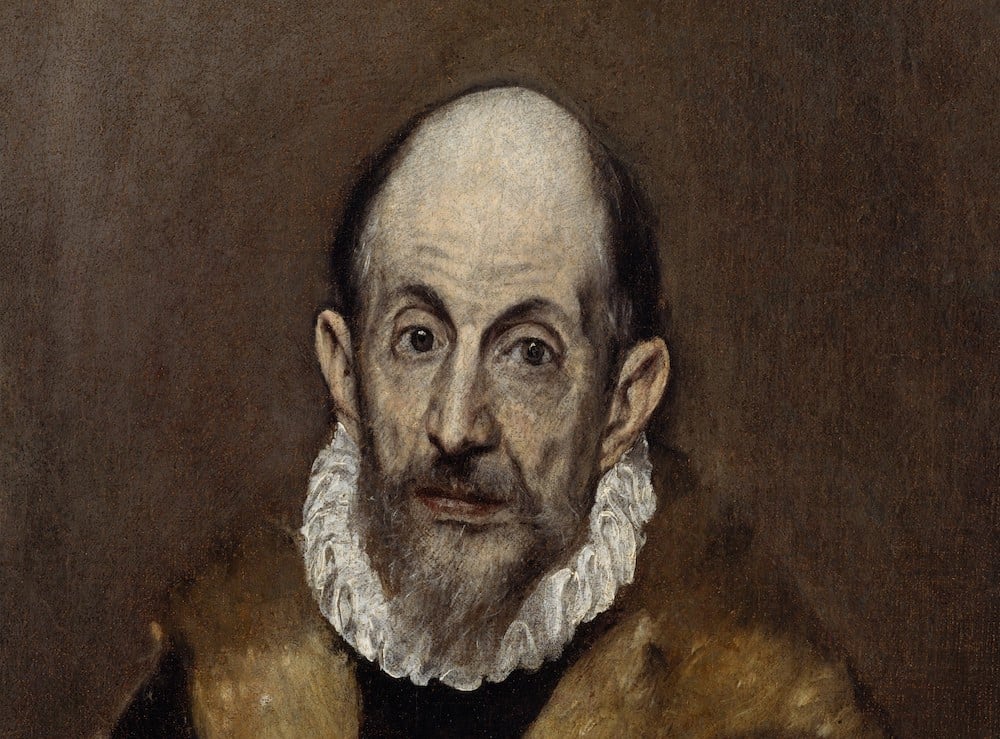
El Greco is one of the best known artists in the entire history of Western art, as his unique, romantic and awe-inspiring works have influenced a great number of painters over the past five centuries.
Even though his Byzantine-inspired style was very specific and personal, his work had an impact on Realist, Impressionist, Cubist, and Abstract painters, as well, including Picasso, Van Gogh, Cezanne, Botticelli, Vermeer and even Jackson Pollock. All of them praised the masterpieces of the Greek painter.
Due to his shockingly-modern and forward thinking style, the brilliant Greek painter is also known as the “Grandfather of Expressionism.”
El Greco began his career painting holy icons
El Greco (“The Greek”), as the Italians dubbed him, was born Domenikos Theotokopoulos on October 1, 1541 in Heraklion, Crete. However, the oil painter spent the largest part of his life in Italy and in Spain, where he created his best-known works.
Theotokopoulos was trained first as painter, or “writer,” of holy icons. His non-naturalistic style, so very different from the visually softer, Western European style, soon made him stand out from all others working at the time.
“I paint because the spirits whisper madly inside my head,” he was once quoted as saying. Theotokopoulos moved to Venice in 1567, a natural move as Crete was Venetian territory at the time.
Once there, the 26-year-old painter soon mastered the current style of Renaissance painting. His works were in fact narratives, the vast majority of his themes religious. In 1570 he moved to Rome, where he lived and worked until 1576.
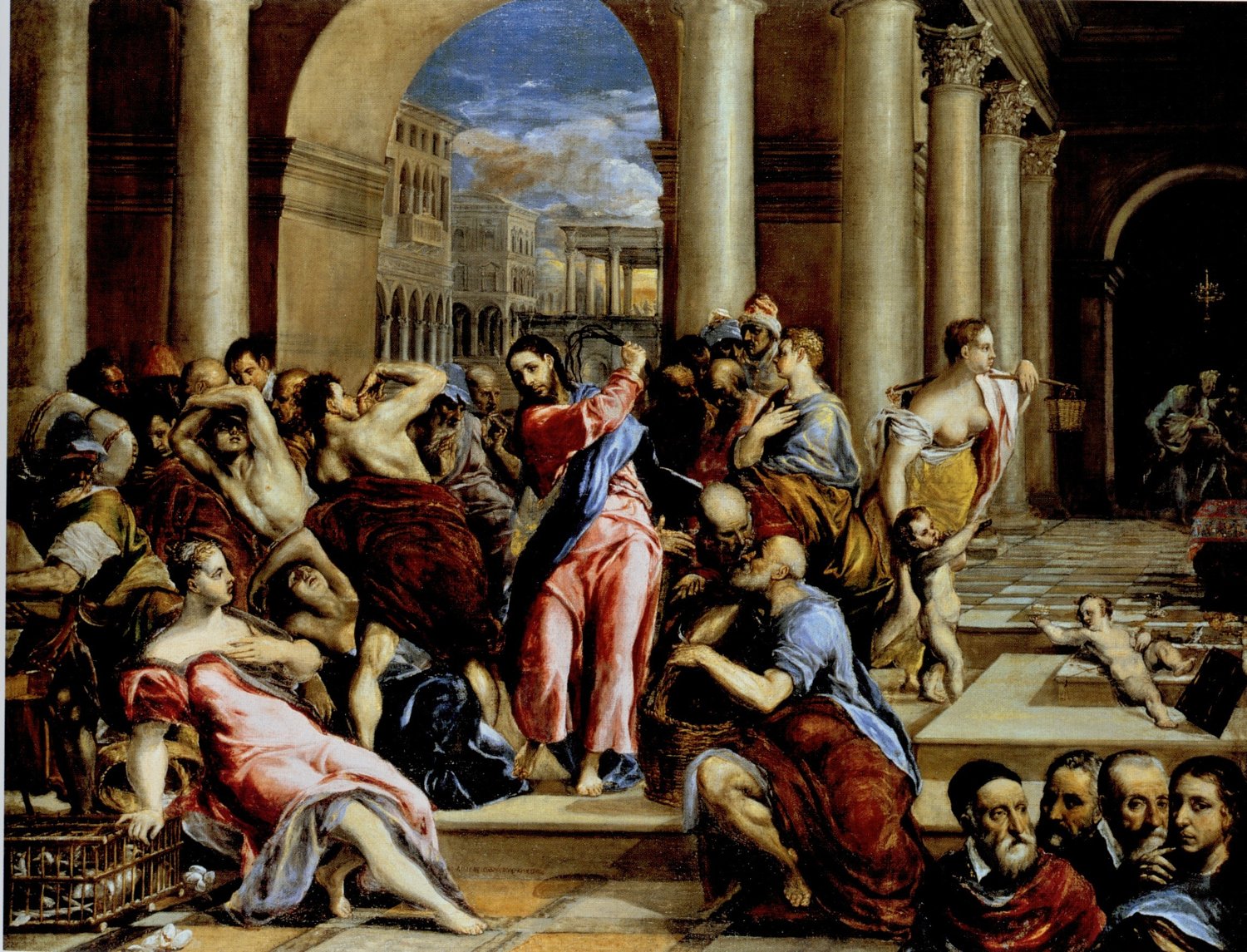
It was a time when the influences of Michelangelo, Raphael and Da Vinci were paramount in the art world. Yet El Greco stayed true to his own, unique artistic vision, not following the style of the acknowledged masters.
Characteristically, the fact that he criticized the works of Michelangelo, a figure revered in Rome, cost him the acceptance of his own work and led to his ostracization from the rest of the art world.
“You must study the Masters but guard the original style that beats within your soul and put to sword those who would try to steal it,” Theotokopoulos was once quoted as saying, in his usual dramatic manner.
Indeed, his style and palette were completely unique, and shocked the art world of the day. He painted elongated, twisted forms, using exaggerated, unreal colors, thus creating works which were unmistakably his own.
In essence, he rejected the established perceptions of what art should be; no other artist living at the his time had dared to do that.
Theotokopoulos, like so many other artists perhaps having been born far before his time, paid the price for adhering to his own vision, with the result being that he was for all intents and purposes ousted from Rome.
The artist moves to Spain, follows his own, unique style
So in 1576, El Greco chose to make his fateful move to Spain, where he made a bid to win the patronage of King Phillip II, to no avail. But when he moved to Toledo, he finally found the recognition he deserved and he quickly made the city his home.
In Toledo, this artistic genius’ work finally won the admiration of his peers as well as art lovers. It was in that city where El Greco created many of his very finest masterpieces.
He also found a group of friends and colleagues who understood his vision, and was finally able to make a profitable living as an artist.
El Greco was soon commissioned to paint three altarpieces by the dean of the Toledo Cathedral. The paintings, which were to be for the Church of Santo Domingo el Antiguo, turned out to be some of the largest masterpieces the artist created.
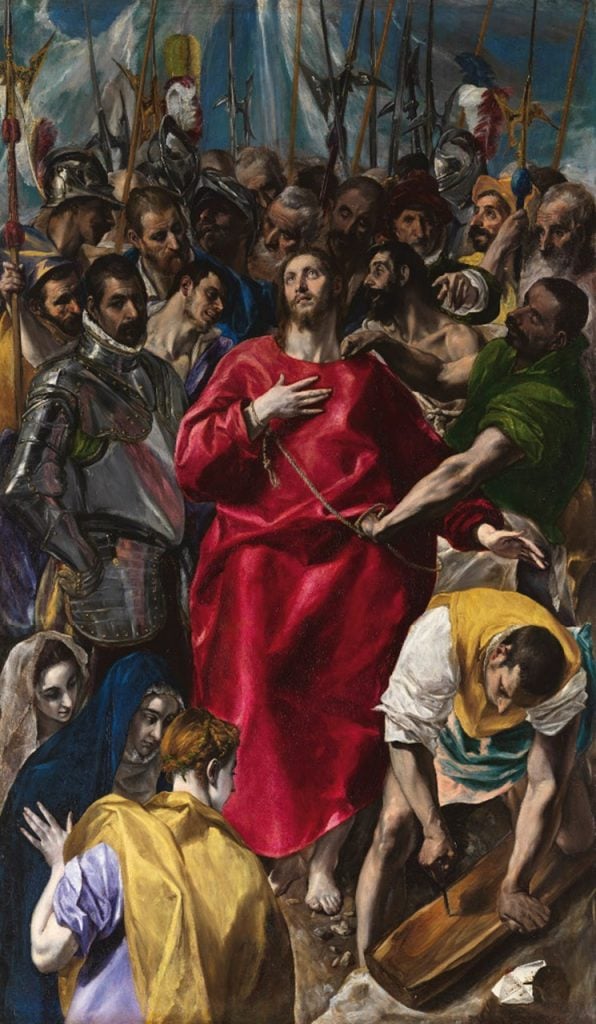
During that time his spiritual nature truly came to fruition in his work. “I was created by the all-powerful God to fill the universe with my masterpieces,” the Greek painter once said, in one of his less humble moments.
However, while painting these works, El Greco was paid less than what he had been hoping for, so he brought a legal case to court, asking only that he be paid a fair wage for his work.
The dispute caused a rift in the group of friends who had befriended him in Toledo, and the consequences of bringing this legal case permanently damaged his career. Because of his legal action, he never received another worthy commission from the religious authorities, and was in fact never hired to paint in any church for the rest of his life.
However, the Greek master painter did earn commissions from private individuals and associations until the end of his career.
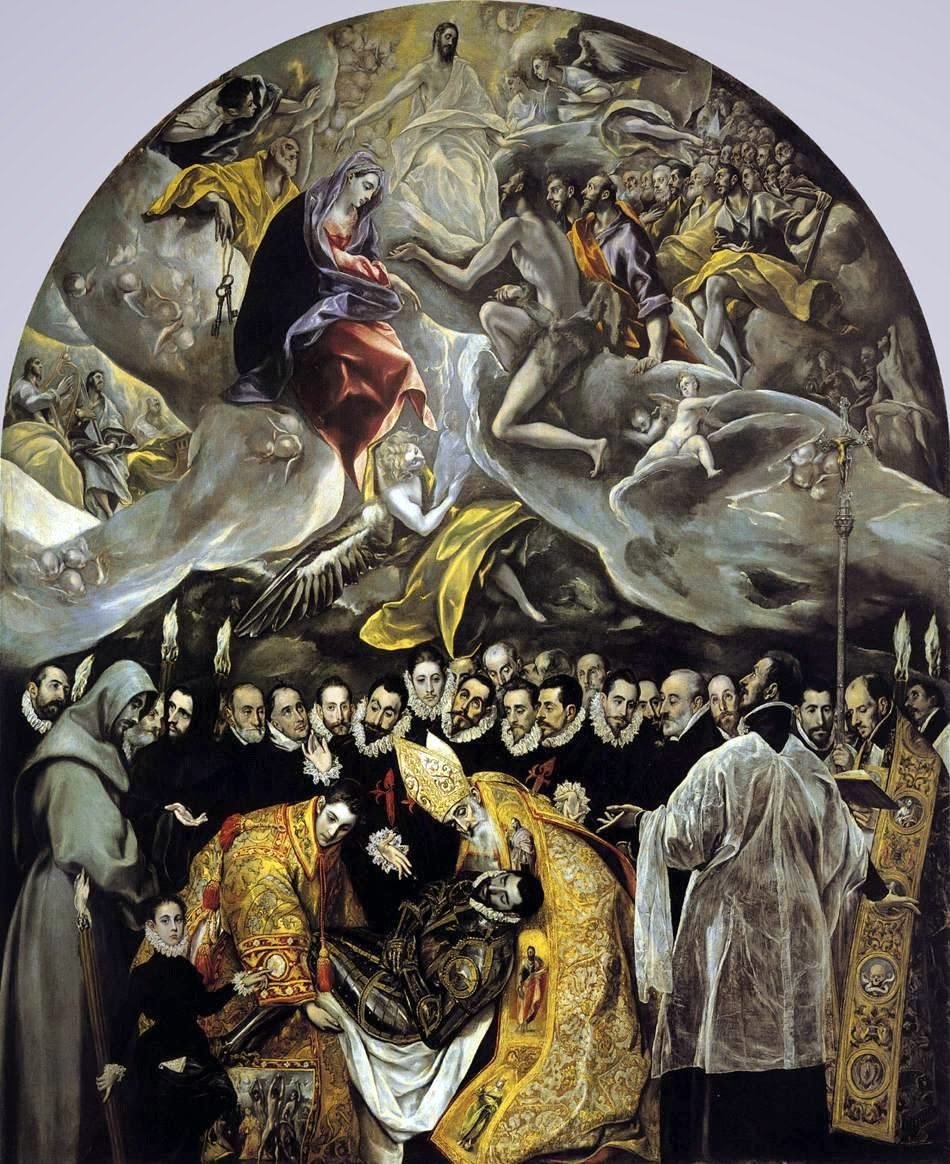
According to the opinion of many art critics and artists, El Greco’s best painting was “The Burial of Count Orgaz,” which was commissioned by the parish priest of Santo Tome in Toledo in 1586.
The work, which is divided into two parts, combining the heavenly and the earthly, is considered by many to be the most beautiful religious painting of all time.
The painting tells the story of the burial ceremony of the pious philanthropist Count Orgaz by the Cardinal and a host of other clerics. During the ceremony, the heavens split open and the mourners witnessed a sky filled with black and white and starkly-colored images of Jesus, the Virgin Mary, St. John, and other saints and angels.
The works of El Greco were appreciated after his time
Once fully established in Toledo, El Greco completed many commissions from a range of patrons and lived there for the rest of his life. However, the decade from 1597 to 1607 was the most prolific for the Greek master, and he created the bulk of his known work during that period.
From 1585 and onward to the end of his life, El Greco lived in a complex consisting of three apartments, with twenty-four rooms, which belonged to the Marquis de Villena. He passed away on April 7, 1614, at the age of 73.
The great master was survived by his son Jorge Manuel, born in 1578, also a painter, who had worked under his father and continued to imitate his compositions for many years after he inherited the studio.
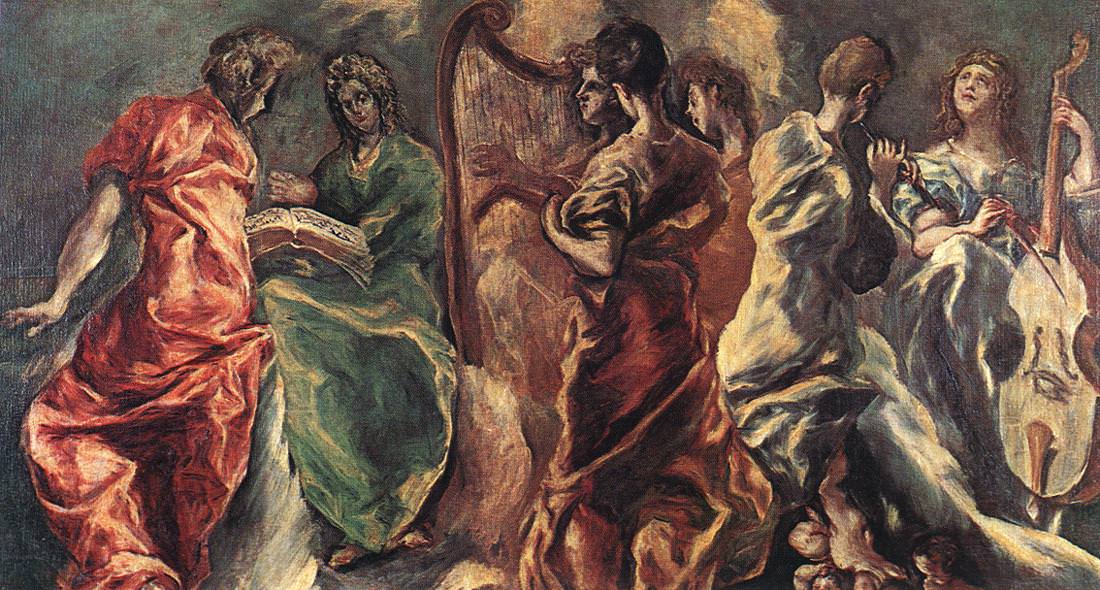
As tastes and styles changed, El Greco’s art was not widely appreciated by the generation after his death. However, in the eighteenth century his work was re-evaluated with the arrival of the Romanticism movement.
Writers, artists and critics realized in El Greco a gifted, misunderstood soul who created great art which was in a style before its time. Some even called him the precursor of the Romantic movement itself.
By the nineteenth century, El Greco’s work was fully recognized by all, including artists, critics and art lovers, establishing his name forever in the world pantheon of truly great, influential artists.
In 2014, Greece celebrated “The Year of El Greco,” in commemoration of the 400 years since the death of its brilliant, visionary master of oil painting.



Comments
Post a Comment